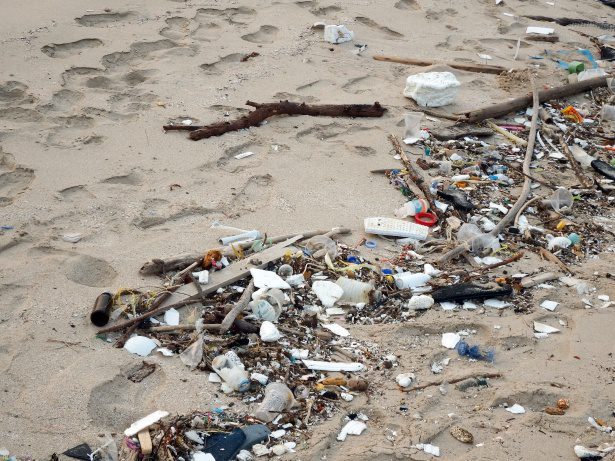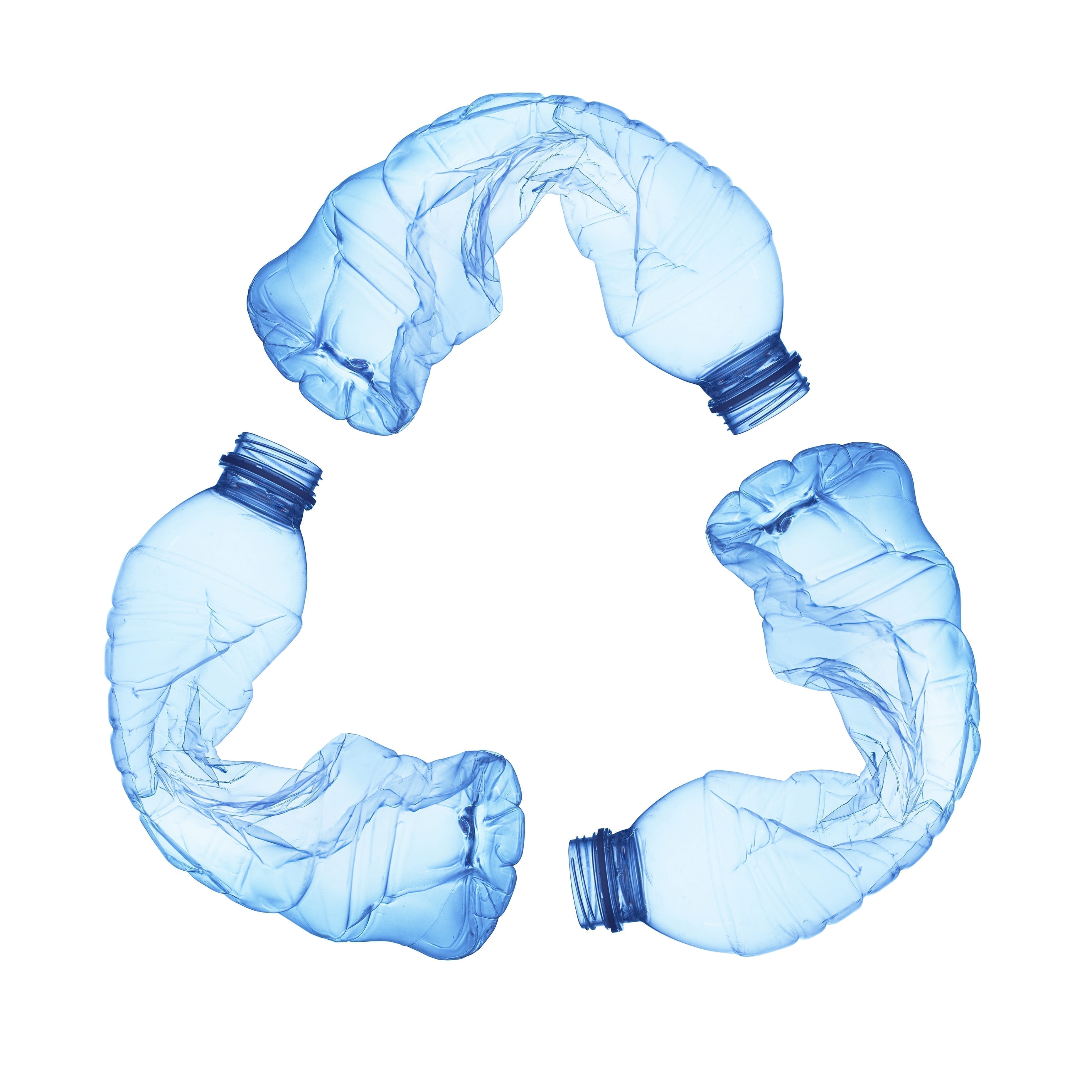
Plastics on the Beaches
Plastic Love in the Time of COVID-19
How quickly our grasp of the recent past has slipped and the promise of a greener future dimmed. In times that now seem so long ago, the word Corona just conjured up images of a cold beer rather than a deadly virus. The world seemed to be gradually making changes and pledges to halt the production of single-use plastics, in favor of more sustainable options. Countries were banning plastic bags, styrofoam and throwaway utensils. People were beginning to become more conscious, caring consumers.
Now as we ride the wave of COVID-19, so many of these promises and resolutions have fallen by the wayside. The importance of barriers to human contact and bleach to protect our health have taken priority over the health of our planet and preserving sources of the air we breathe.
Of course, measures need to be taken to keep ourselves, our friends and our families safe from testing positive in this pandemic. But we can still make choices that have less environmental impact than others.
 Hazardous human health safeguards
Hazardous human health safeguards
The high tide mark of many beaches shows just how much extra plastic pollution is flooding into our rivers and oceans right now. Single-use masks and little bottles of Clorox form a parade of ocean poison running like a ribbon along our shores.
For those front-line workers who do not have a choice but to grab a fresh mask a dozen times a day, we understand and are, of course, grateful for their vital work. But for those of us who are not essential workers fighting on the front lines, there is no excuse for not using washable/reusable masks in our day-to-day lives.
When buying hand sanitizer or disinfectants, it is much better to purchase larger-volume amounts and refill small portable containers than to keep buying small throwaway alternatives. This is also generally a more cost-effective way to stay safe, although not an option for every family, depending on income.
We just have to do what we can, where we can. There is no question that COVID-19 remains the headlining crisis that we as the human race must eradicate. But remember, the problem of us eradicating our planet in the process has not gone away.
We must continue to act locally and think globally.
During the 2019 United Nations Climate Change Summit, also known as COP25, speakers like the Swedish teen activist Greta Thunberg made powerful and passionate pleas to act now because, “our house is on fire.“ Leaders clapped, agreements were reaffirmed and discussion took place about getting around to finalizing guidelines agreed to in the 2015 Paris Agreement. Then our leaders left in their private jets feeling positive and proud about the commitments they had made to tackle climate change at some point over the next 30 years.
Thunberg, the 16-year-old voice for future generations, warned, “Your distant targets will mean nothing if high emissions continue like today, even for just a few more years, because we will use up our remaining carbon budget before we even have a chance to deliver on your 2030 and 2050 goals.”
Impact falls short
Now as COVID-19 engulfs our lives, the world’s airlines and planes are almost at a standstill. People stay at home, their cars in the driveways. Factories and slaughterhouses have closed their doors. All these drastic changes should have had an impact on global emissions. But do you know what? It wasn’t nearly enough.
We are still producing more than we said we would … more than we know we should if we want our grandchildren to have a future. That would be a future without being plagued by their question to older generations: why? Why — if we knew what we were doing — did we do nothing to stop it when we had the chance?
As apathy spreads, so does the evidence of our inaction. For the most part, the signs that we are in the middle of the sixth mass extinction are not affecting those in a position to make a change. While this makes it easy to ignore for a little while longer, the time is approaching when there will be no more time to act. Then our stagnant attitude to fixable problems will affect us all.
For many of our ocean friends that time has passed already. They look to us now to save them from extinction caused both by our actions and inactions. What many people tend to forget is that extinction is permanent. Extinction is forever. We can’t go back and fix this later. We have to act now.
Species such as turtles — those seemingly happy, carefree creatures that humans young and old love to see — may not be here for our grandchildren to know other than in history books. Six out of seven turtle species are on the endangered or critically endangered list. There are many contributing factors: habitat destruction, light pollution, unsustainable fishing practices and poaching and eating of eggs, especially in places like Ostional, Costa Rica, where this remains legal. These are all problems with human causes that we must address and change.
Silent scourge
In addition, one of the biggest killers of turtles today is the silent killer, the glad wrap that is suffocating our planet — plastic pollution. One hundred percent of all the turtles examined in a recent study were found to have plastic in their stomachs, which had either blocked their airways or intestines. A plastic bag drifting endlessly below the surface looks as much like a jellyfish to us as it does to the turtle that mistakenly swallows it.
Dolphins and whales too are washing up on beaches around the world, stomachs filled with hundreds of pounds of plastic. And scientists have shown that up to 36% of fish pulled from the ocean are laced with microplastics. That means we are poisoning ourselves as well by consuming these marine animals.
These are the hard facts. As depressing as they may be to swallow, swallow them we must. Some comforts will have to be forgone if we are to leave a better world for the children of tomorrow.
The emphasis is on “we.” Too often, people reacting to negative news will say, “why don’t they do something?” The reality is that we are them! We have to change to make change.
It is not too late, but time is running out. Future lives are counting on us, most not even born yet. Those lives can be saved if we use this time of lockdowns and uncertainty to breathe and to think.
Cost of convenience
For so long, life has been moving so fast there has been no time to reflect. Out of this perpetual motion, in the race we accepted as everyday life, came single-use everything. Catering to convenience has come at a huge cost to us and our world. From our throwaway society comes things that don’t go away. They stay and they pollute for hundreds of years — perhaps 30 seconds worth of refreshment from a store because we didn’t have time to refill a water bottle.
Some plastics take up to 400 years to decompose and only 12% of the plastic ever created has been incinerated. Every year we create 78 million tons of plastic pollution, 32% of that is flowing into our oceans. This is the same as a garbage truck of plastic being poured into the ocean every minute of every day.
Recycling is better than nothing, but is in no way a solution. For the most part, recycling merely masks what is really going on with the devastation plastic packaging has caused. Currently only 14% of the world’s plastic is collected for recycling. Just 2% makes its way back into packaging, while 79% of all plastics end up in landfills or scattered across the environment.
So let’s use this time productively. Let’s make some resolutions about how you can make your garden and your planet a better place for everyone. Don’t concern yourselves with your neighbors’ gardens and what they are doing or not doing.
Let’s concentrate on our gardens, our worlds and remembering it’s up to us, not them. We and they are synonymous. If we want to emerge from COVID into a better world, then the change begins at home and in all the small choices we make. Let’s become better consumers of this planet, and let’s start today, not tomorrow.
